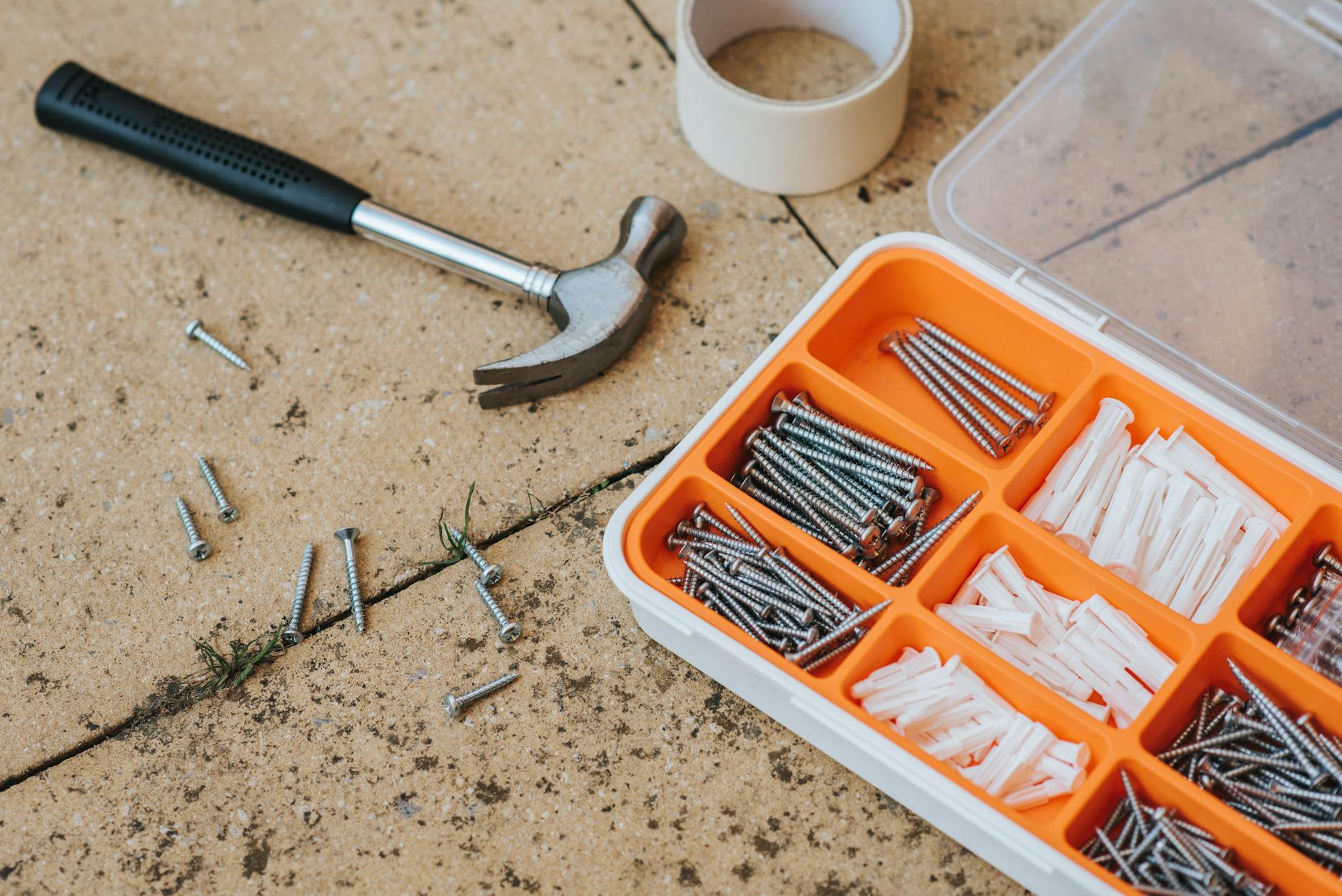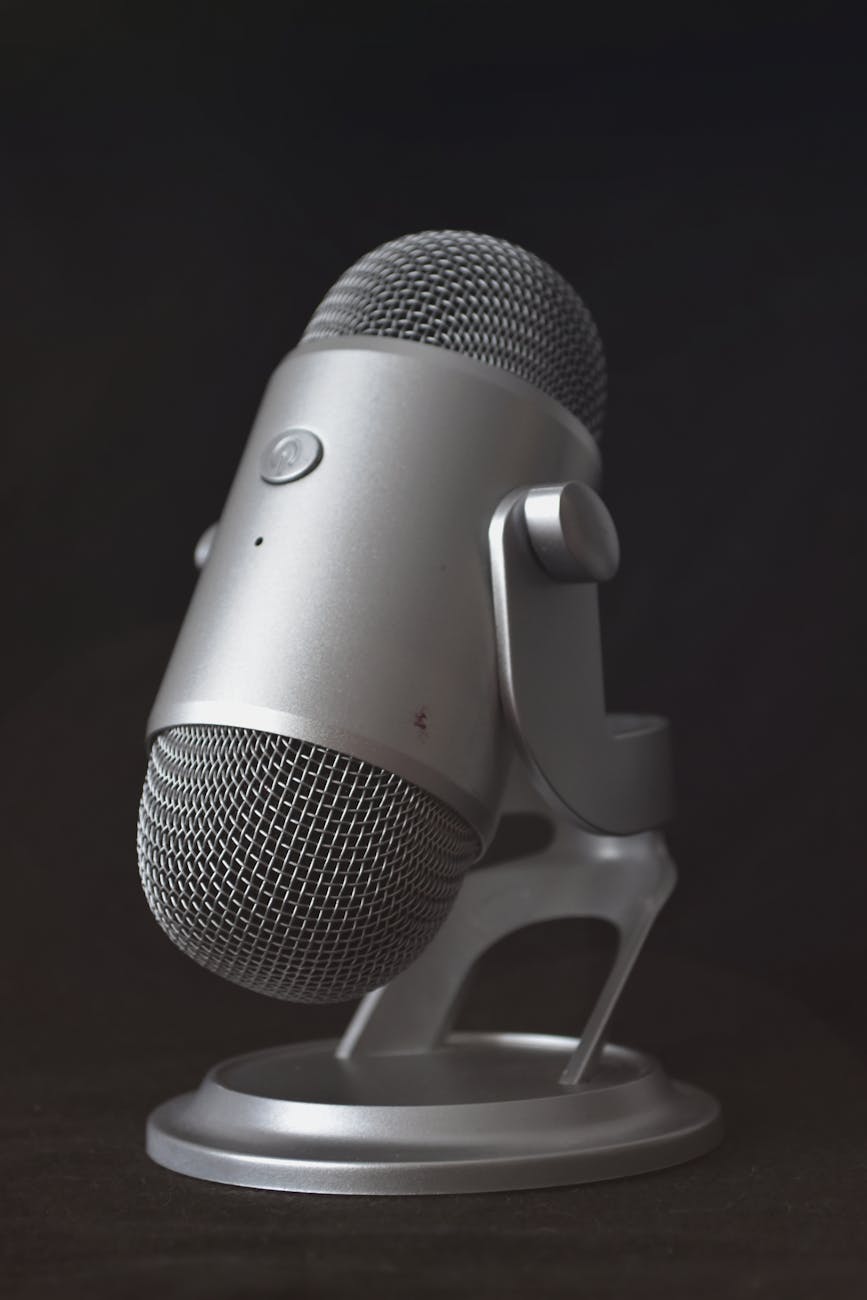OK I have an old Spyder3 and they obsoleted it and the software with the latest versions of MacOS. I was about to buy a new $500 colorimeter, but then discovered that you can keep using the old hardware just by downloading an open source project called DisplayCAL. This is actually a graphical front-end to ArgyllCMS which is a series of command line utilities.
While you can download the DMG, the easier way is just to use Homebrew with brew cask install displaycal which downloads both the frontend and ArgyllCMS.
The trick is that when you first start DisplayCAL, it doesn’t know where the ArgyllCMS libraries are. If you just take the default, then it dumps those executables into your ~/Downloads which isn’t super useful. There isn’t much help on the Internet for this and if you read the ruby script that comes with brew cask install argyllcms it isn’t super helpful .
But while brew cask info tells you exactly what you need to know which is the location of cask artifact location, Argyll-cms is actually a regular cask, so it goes elsewhere so a look at brew info argyll-cms says that it did not install because of a conflict with num-utils whatever that is. And the puzzle is that num-utils is actually not installed on the system.
So first off, I’ll try installing then uninstalling num-utils. I’m guessing what is happening is that MacOS itself has some of these numeric bash utilities and this is causing a conflict, but then I noticed that it says that jam was not installed. Jam is an installer like bowser
Brew doesn’t have a dependency map that is perfect, so it seems like it needs a manual installation. so you need brew install jam && brew cask install displaycal to make this work.
The next problem is that /Applications/Displaycal and it asks for the location of the Argyll CMS and these in brew are symlinked into /usr/local/bin but the problem is that there is no way to browse to it in the regular Finder dialog that Displaycal throws up. So you have to hit Shift+Control+G to type that in.
In terms of actually using this, it will detect your device and then you have to know if you have colorimeter or a spectrometer and then use the tutorial which is basically setup your device by putting the Colorimeter on the screen.
- Hit Measurement to get the starting point. And put your device on top of that color square. If you have a monitor, you adjust the red, green and blue to be close. There are no such adjustments on a laptop, so skip to set the display brightness. Now make sure you are in a semi-dark room, that’s the best for calibration. It keeps reading out dynamically and you will hear a beep on each read. when you get to the levels as close as possible, choose Stop Measurement.
- Now choose Calibrate and it will show a series of color swatches. The whols process starts saying it will take an hours to do 48 swatches which is about right. To do four took 3 minutes. By the 5th swatch, the estimate was down to 30 minutes.





